The astrophotographer who snaps images of stars and galaxies from his window
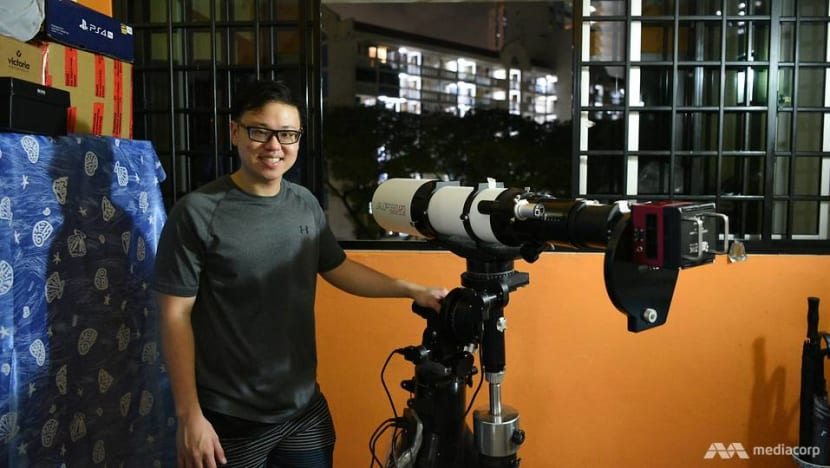
Ivan Bok has been taking pictures of the universe from his window for the past four years. (Photo: Cindy Co)
SINGAPORE: One of the first pictures Ivan Bok took through a telescope is the Orion Nebula. It is one of the brightest nebulae located in the Milky Way, visible to the naked eye in the night sky.
“For most people, the first thing that (they really remember) is looking at things like the moon and Saturn,” said the 26-year-old National University of Singapore student.
“But the reason it was this more obscure object (for me) was because I saw it in books. I always thought it was somewhere within the realm of professional astronomy that amateurs like us will never be able to see.
“But turns out it’s actually a really popular amateur target. Even under Singapore’s light-polluted sky, you can still see it.”
Although his attempt at taking a picture of the nebulae - a cloud of interstellar gas and dust - was “horribly blurry”, this was what “hooked” him on astrophotography.
Ivan has taken over a hundred pictures of planets and galaxies, accumulated over his decade-long interest in astrophotography.
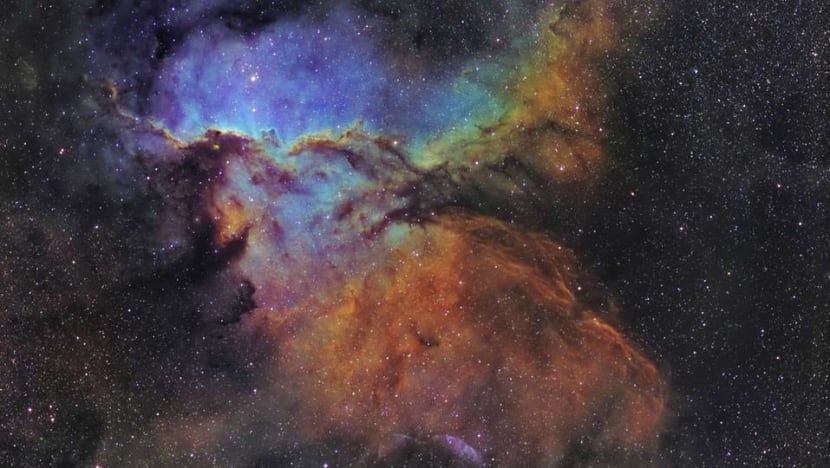
FROM A YOUNG AGE
Even as a child, Ivan had been “very interested in science”. He remembered reading astronomy books while in primary school and got his first telescope at the age of eight.
“It was just this refractor from Toys R’ Us,” he said.
His first “real” telescope came in Secondary 2, which he bought from the Singapore Science Centre for S$400, with his own savings.
“Even then, it wasn’t cheap for a secondary school student,” he said.
“Back then, when everybody was buying a PSP (Playstation Portable), I don’t know what went through me, I bought a telescope.”
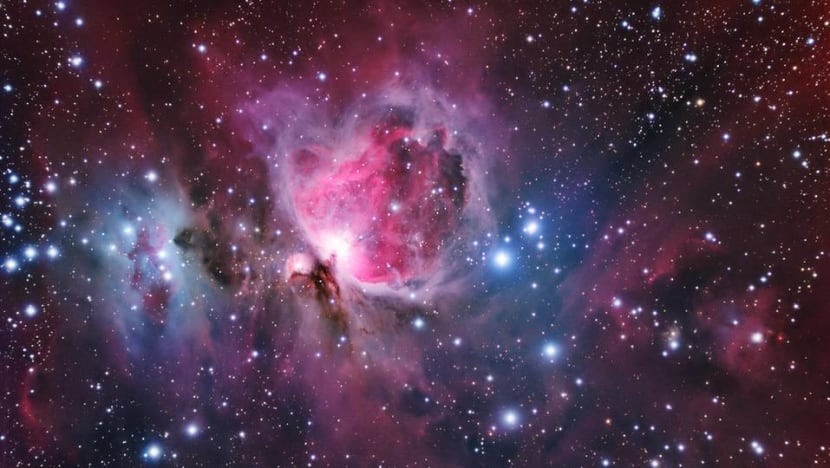
It was “exciting”, the first time he got to try it out. He remembered that the night sky was cloudless when his father brought him to the ground floor of their flat to set up the telescope.
But Ivan could not remember what was the first object he saw through the telescope, saying it was probably either a planet, or the star Sirius.
He only started taking photographs of the night sky when he got his next telescope three years later. The S$2,000 telescope was computerised. Its tracking mount – which allowed the telescope to automatically track celestial objects across the sky – made it suitable to take pictures with.
DEVELOPING A GOOD IMAGE
By his own admission, the photographs he took for the first two years were “pretty bad”.
“I was doing this entirely alone and I didn’t realise I could shoot from my window,” he said, which meant that opportunities to practice were few and far between.
His equipment also wasn’t ideal for taking pictures of deep sky celestial objects, outside the solar system. He did not use filters either, which meant that he got the “full brunt of Singapore’s light pollution” in his shots.

The pictures he took improved after he received pointers from someone in the local astrophotography community and upgraded his equipment.
Ivan shared that although the person used basic equipment, he was able to get good images because he spent over an hour shooting the same object.
Long exposures would allow him to collect more light from the objects, and thus more detail.
That inspired him to try it out with his telescope setup, which he has aimed at the heavens from the window of his flat.
Ivan said that the long exposure made “a whole world of difference” after he combined the images digitally.
AN ART AND A SCIENCE
As someone who is interested in both art and science, astrophotography combines the best of both worlds for Ivan. While he has applied his technical know-how to use his telescopes - which he has spent about S$20,000 on - he gets to express his artistic side with the colours he adds to the images.
When he shoots, he creates "false colour" images, which are commonly used by astronomers to make images more comprehensible. "False colour" images are not the same colours that the human eye would see if it were to look at the celestial object directly.
“But this doesn’t mean that the image is fake in that sense. It’s just that the colours that we choose represent a different truth behind the image,” he said.
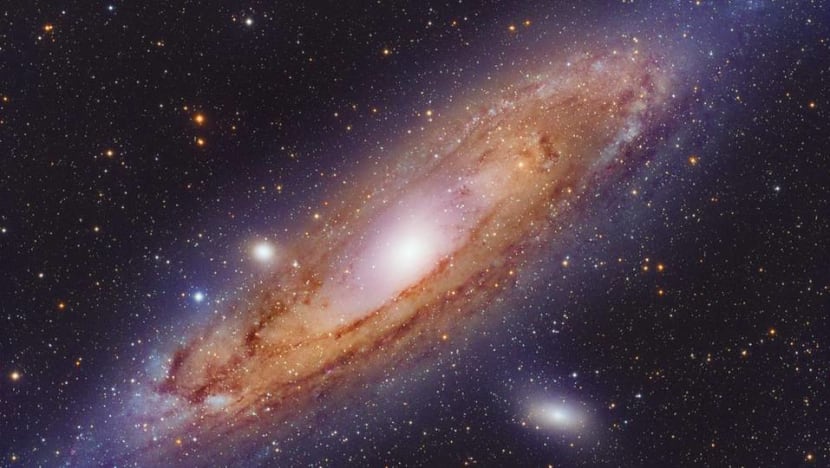
Images in false colour would be based on what the photographer finds “aesthetically pleasing”, Ivan said.
“So if you give two astrophotographers the same base data set, you’ll never get an identical image out at the end of the day.”
“ALWAYS A JOURNEY”
Even though he has had his pictures published in two magazines - Astronomy, and Sky and Telescope - Ivan still sees room for improvement.
“It’s definitely always a journey. So there’s never a point where I feel like I ended what I want to do, and I think that’s the beauty of it,” he said.
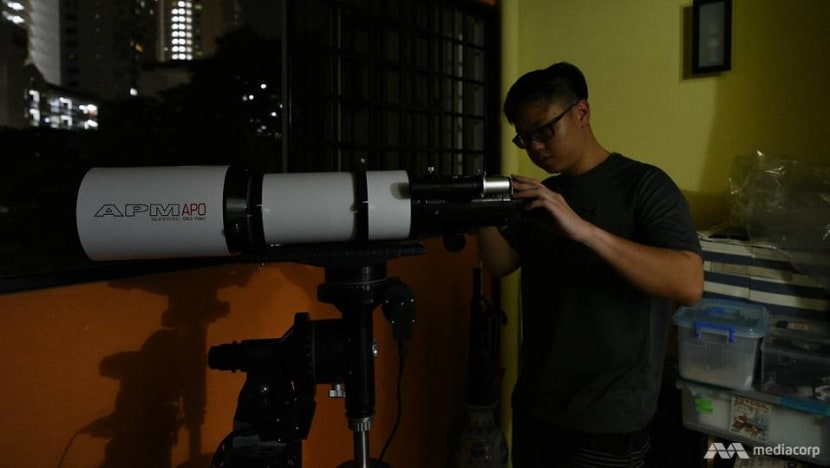
For now, he is just looking forward to being able to shoot from dark skies, where there is little or no light pollution. He also hopes to capture the images of distant galaxies and nebulae.
When asked if he would consider using his hobby as his primary source of income, Ivan’s answer was a firm "No".
The double degree Business and Engineering student said that he would rather “segregate work and hobbies” to maintain a balance.
“It is contrary to what a lot of people say. Do something you love and never work for another day. But I feel like if money or livelihood is tied to my enjoyment, it’s going to diminish my enjoyment,” he said.
Instead, he hopes to pursue a career in the corporate world.
But it is the emotional connection that keeps him going with astrophotography, he said.
“I really, really enjoy astronomy (as) it fulfils an innate sense of curiosity about the universe … It creates this connection with the natural world.
“It really drills down to, on one hand, mankind’s insignificance, and on the other hand, what there is that we don’t know. I think these discoveries are what keeps humans progressing.”















